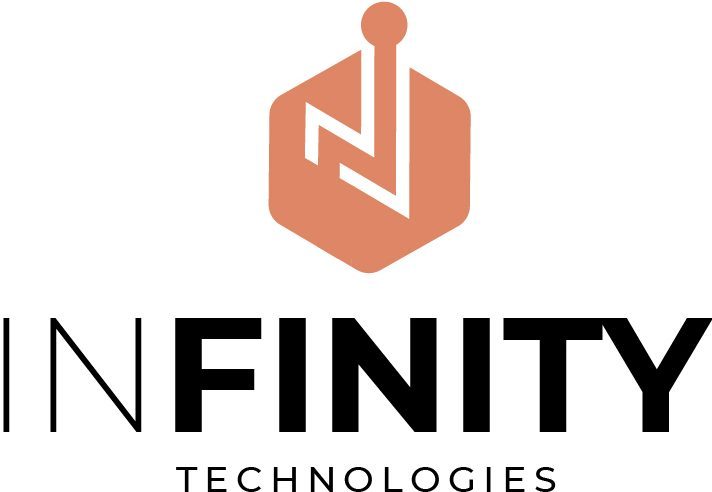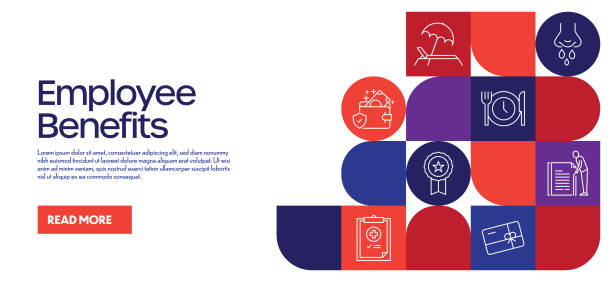The non-profit sector is among the most innovative when it comes to using social media and Web 2.0 technology to communicate with its members, stakeholders, and potential members. Social Media allows NGOs to communicate with their donors and members in many different ways. What are the key elements of a “best-of-breed” NGO site? This list does not represent a ranking of importance but rather a guide and overview of some of the best practices used by top NGO websites.
Easy navigation, readability, and usability are key to a good design.
Search engines can easily find your website by optimizing it both on-site and offsite with SEO.
Easy application for free or paid memberships and control over current membership.
Document management tool that allows for easy document searchability within a website
Blogs that allow members and visitors to the site to read and comment on the latest news relevant to their organization and sector.
The ability to create a microsite to run campaigns on their domain or subdomain, either internally or for passionate members
Public or private forums to discuss topics relevant to donors and members
The site contains a variety of online contact forms that have anti-spam capabilities.
The Events feature allows an NGO to register and book online, as well as inform members about upcoming events.
Social media allows for sharing, interaction, and promotion via Twitter, Facebook, and YouTube, as well as other channels appropriate for current and future members. It would be best if you also considered where your target markets hang out when choosing social media channels.
The News section provides members with the latest news in an easy-to-read format.
The donation button should encourage donations on the site.
eNewsletter, a part of a website that automatically captures email addresses into a database, can be used to regularly distribute newsletters electronically (this is cost-effective compared to a printed one and good for the environment).
eCard feature that lets people create a branded eCard on-site and send it as an email to family, friends, or colleagues
The NGO should be able to create a video channel either on-site or offsite. (An example of an offsite video is YouTube, where they can create their own YouTube channel without having to pay for traffic and SEO improvements.
You can use an “Open Source CMS” platform (Content management system), which allows you to own your code and your website without paying annual license fees.
Photo Gallery – Members and visitors to the website can view photos from events, campaigns, and functions.
Google Analytics (free software) is loaded into your website code in order to collect statistics and measure traffic. This will help you to optimize your website.
Multi-User Controlled Access allows multiple users to log in, post content in authorized sections of the site, and manage approvals.
eCommerce capabilities so that an NGO can maximize its revenue by selling high-margin products that provide a second way to donate




